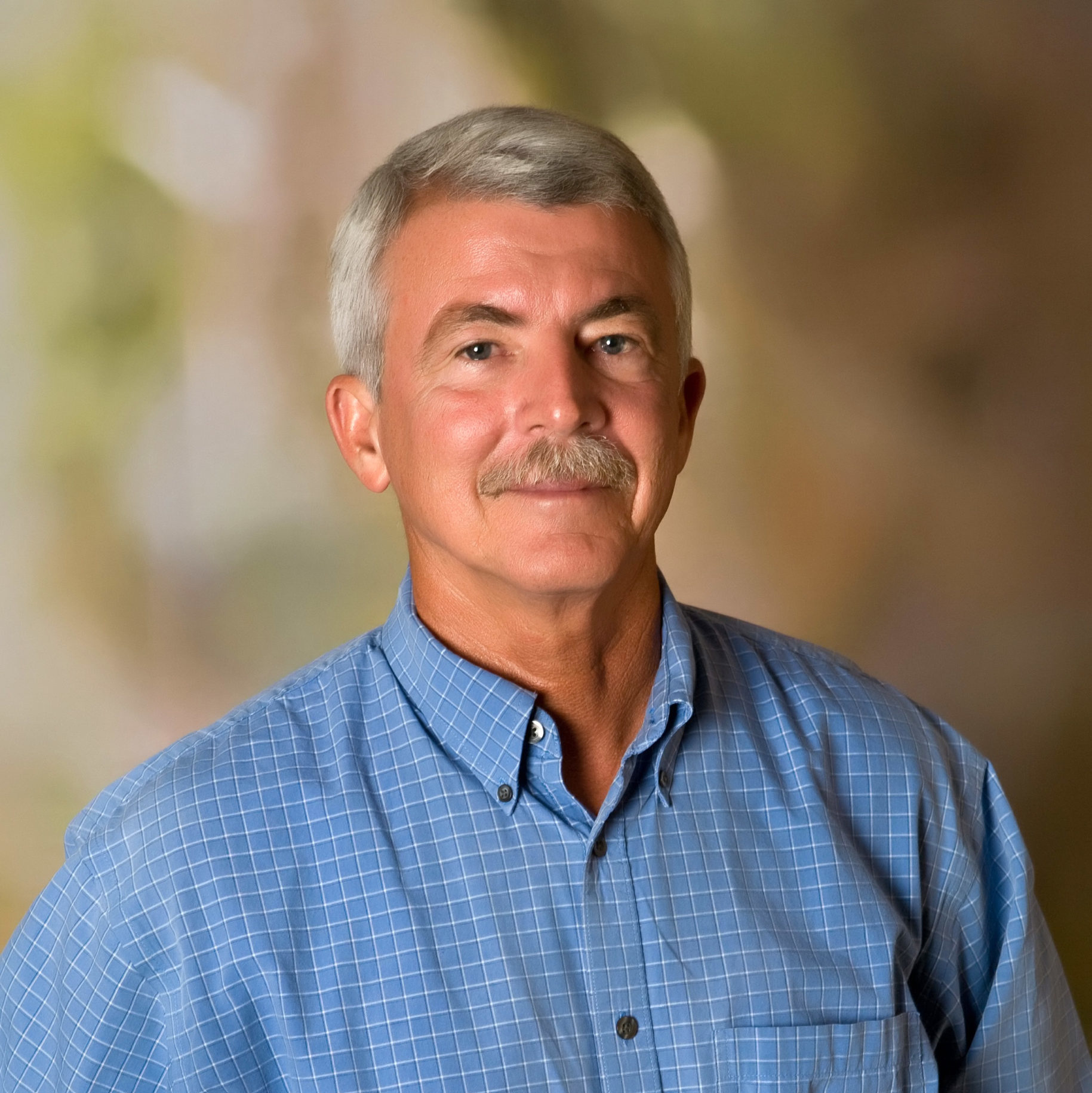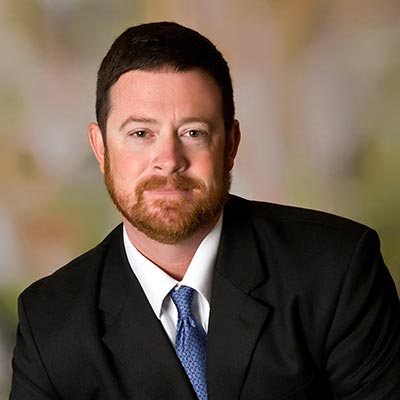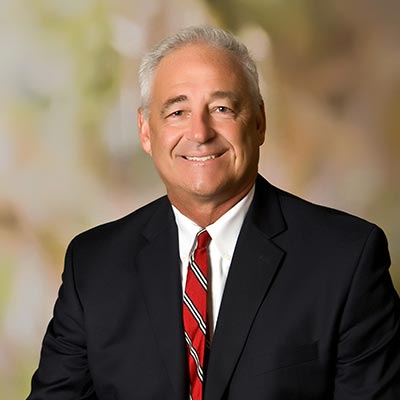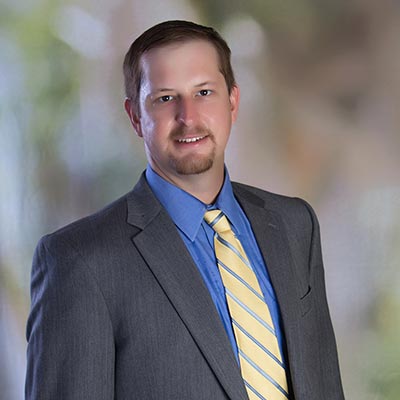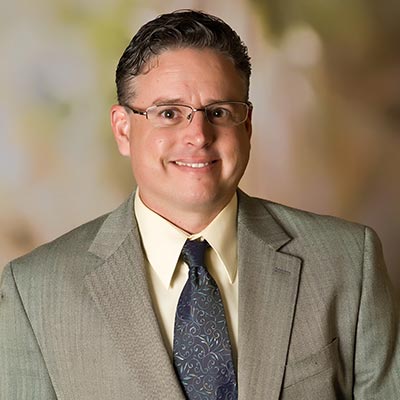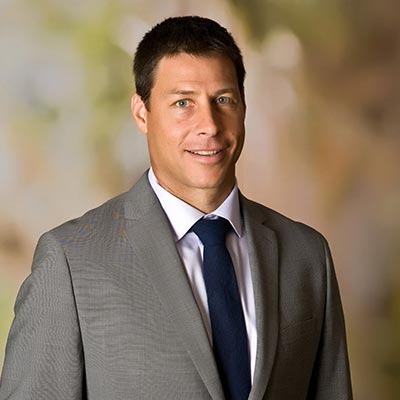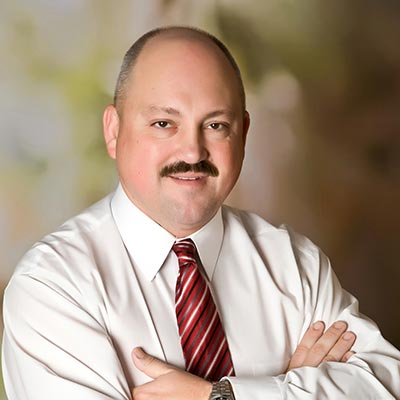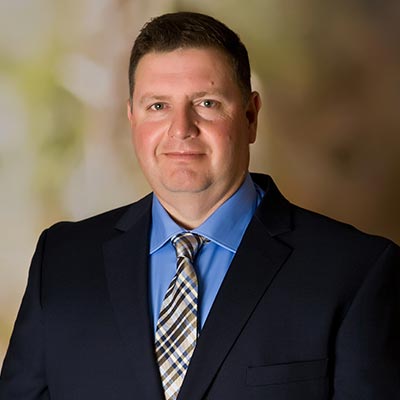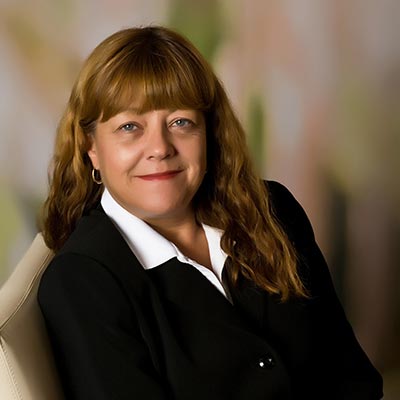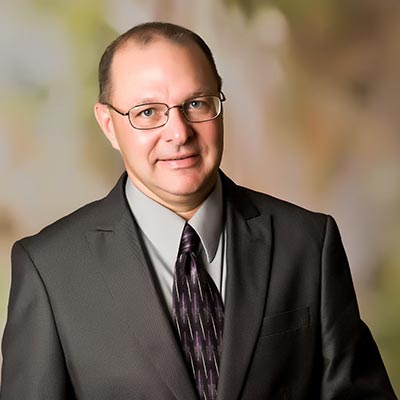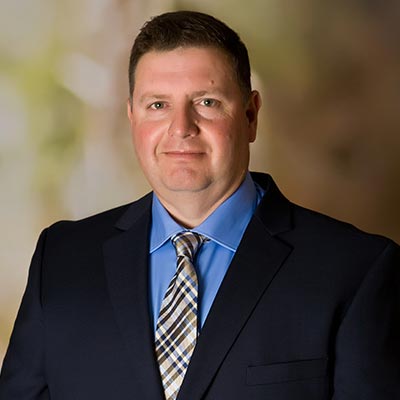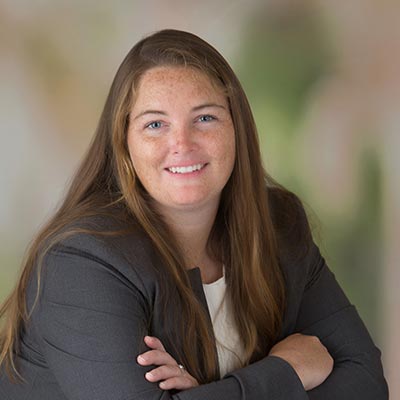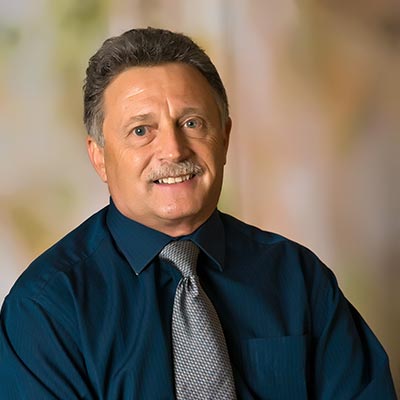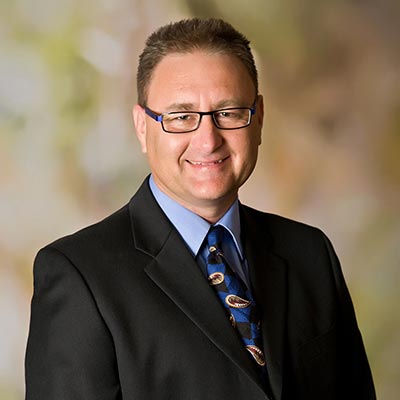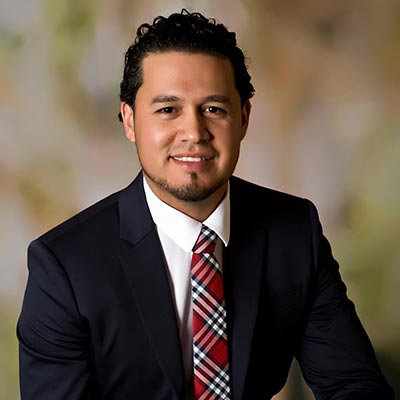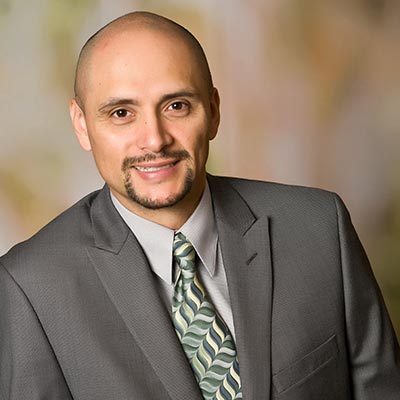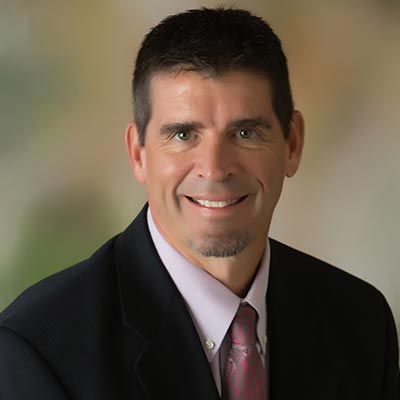Over the last 70 years our survey methodology has adapted to the ever-changing environment. We are constantly evaluating and applying the newest surveying and mapping methods available.
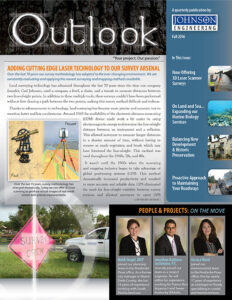 Land surveying technology has advanced throughout the last 70 years since the time our company founder, Carl Johnson, used a compass, a level, a chain, and a transit to measure distances between two line-of-sight points. In addition to these multiple tools, these surveys couldn’t have been performed without first clearing a path between the two points, making this survey method difficult and tedious.
Land surveying technology has advanced throughout the last 70 years since the time our company founder, Carl Johnson, used a compass, a level, a chain, and a transit to measure distances between two line-of-sight points. In addition to these multiple tools, these surveys couldn’t have been performed without first clearing a path between the two points, making this survey method difficult and tedious.
Thanks to advancements in technology, land surveying has become more precise and accurate, not to mention faster and less cumbersome. Around 1960 the availability of the electronic distance measuring (EDM) device made work a bit easier by using electromagnetic energy to determine the line-of-sight distance between an instrument and a reflector. This allowed surveyors to measure longer distances in a shorter amount of time, without having to remove as much vegetation and brush which may have hindered the line-of-sight. This method was used throughout the 1960s, 70s, and 80s.
It wasn’t until the 1990s when the surveying and mapping industry began to take advantage of global positioning systems (GPS). This method dramatically increased productivity and resulted in more accurate and reliable data. GPS eliminated the need for line-of-sight visibility between survey stations and allowed surveyors to carry GPS systems in backpacks or mount them on vehicles to provide instant data collection and the ability to communicate wirelessly, delivering continuous, accurate, real-time data.
The 21st century brought additional surveying and mapping capabilities, such as subsurface utility excavation (SUE) and hydrographic surveying. Our team acquired a customized StarVAC soft dig vehicle which uses a combination of pressurized water and high vacuum suction to efficiently remove soil to locate, identify, and map underground utility lines. SUE technology significantly helps to eliminate utility conflicts on many projects and lower construction costs.
In the early 2000s our team started providing hydrographic surveys which allowed us to expand our surveying services to water bodies as well as land. Although hydrographic surveying technically started back in the early 1900s, the modern day hydrographic surveying uses GPS and a sonar depth recorder with software to produce virtual digital terrain maps of the underwater topography.
Keeping with our top notch services, we have expanded our surveying capabilities yet again with the addition of 3D laser scanning. This cutting edge technology quickly captures three-dimensional spatial data and produces a virtual image of a real world scene using precise laser measurements. This gives members of the project team the ability to see an accurate 3D model of the site to determine early on if the proposed design functionally works with the existing conditions. The program allows planners and designers to visually maneuver the image to show areas surveyed and superimpose the digital photos taken during the scan in order to visualize the actual conditions.
In addition to gathering data faster and more accurately, the 3D laser surveying also reduces the amount of time required in the field. Together with its ability to enhance the design process and reduce data collection errors, it’s a huge benefit for our team and our clients. For more information, contact Mark Texter at [email protected].









